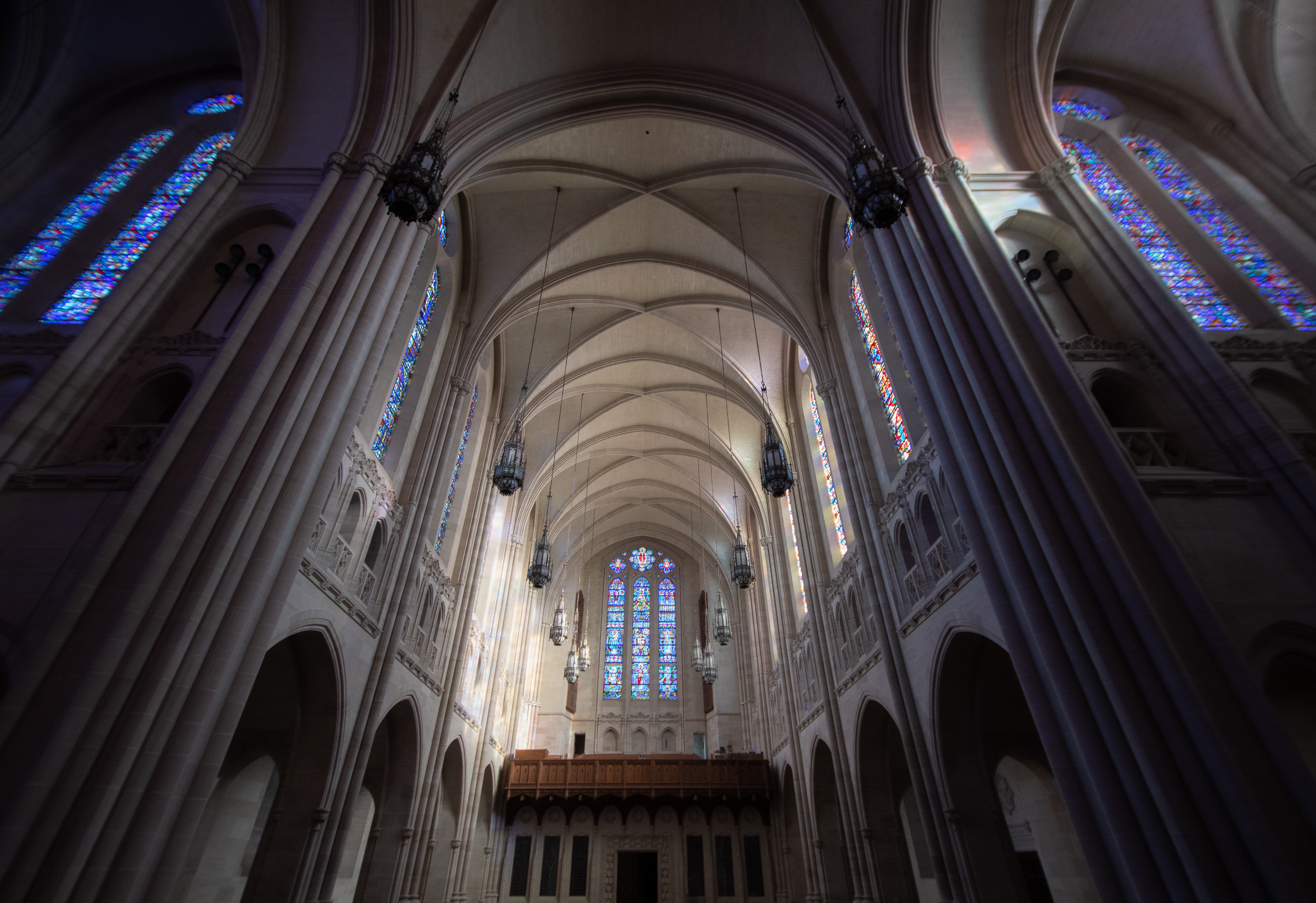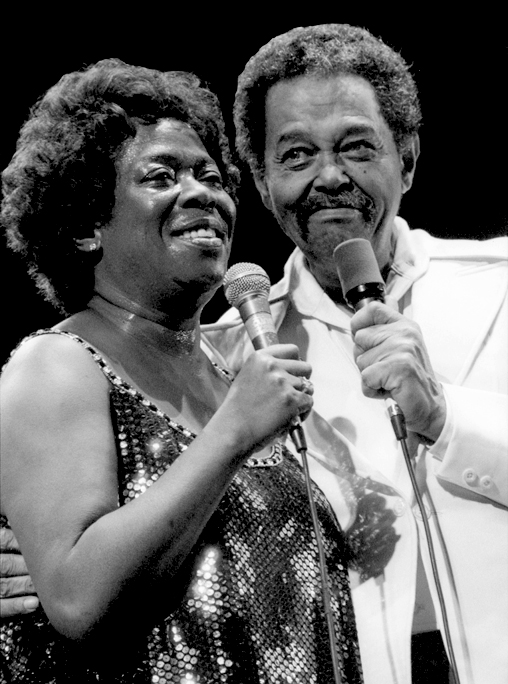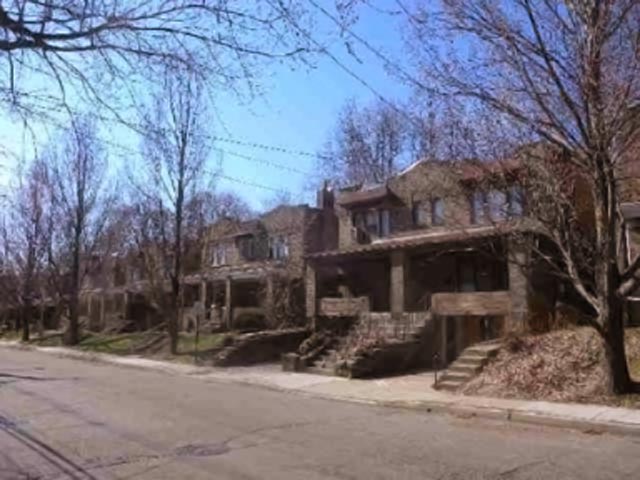|
Highland Park (Pittsburgh Neighborhood)
Highland Park is a neighborhood in the northeastern part of Pittsburgh, Pennsylvania. Highland Park, the neighborhood, fully encompasses the park with the same name. The neighborhood has 6,395 residents according to the 2010 United States Census. It occupies built around the park (also called Highland Park), and is bordered by the neighborhoods of East Liberty and Larimer to the south, Morningside to the west, Lincoln-Lemington-Belmar to the east, and the Allegheny River to the north. The neighborhood is set apart from surrounding areas by Heth's Run, which separates Highland Park from Morningside to the west, and by Negley Run, which separates it from Lincoln-Lemington-Belmar to the east and Larimer to the south. The only direct land routes to Highland Park are from East Liberty, via Negley Avenue, Highland Avenue, and several other streets. The Neighborhood The first permanent European settler in Highland Park was Alexander Negley, a Swiss settler. In 1778, Negley ... [...More Info...] [...Related Items...] OR: [Wikipedia] [Google] [Baidu] |
List Of Pittsburgh Neighborhoods
This is a list of 90 neighborhoods in the city of Pittsburgh, Pennsylvania, United States. Generally neighborhood development followed ward boundaries, although the City Planning Commission has defined some neighborhood areas. The map of neighborhoods presented here is based on the official designations from the City of Pittsburgh. Neighborhoods File:Pittsburgh Pennsylvania neighborhoods fade.svg, 500px, center, Click a neighborhood to navigate to its article. poly 466 313 467 262 475 259 490 264 511 276 606 277 621 271 627 286 617 321 602 323 582 351 576 352 569 365 571 371 556 385 539 351 541 327 538 315 503 314 491 305 Squirrel Hill South (Pittsburgh), Squirrel Hill South poly 491 306 465 314 459 327 466 327 473 339 491 354 521 350 538 350 540 328 536 317 503 313 Greenfield (Pittsburgh), Greenfield poly 436 311 456 338 462 406 486 438 507 436 501 426 507 407 502 398 502 388 523 383 528 389 547 384 535 353 493 352 471 340 441 308 Hazelwood (Pittsburgh), Hazelwood poly 527 387 ... [...More Info...] [...Related Items...] OR: [Wikipedia] [Google] [Baidu] |
East Liberty Presbyterian Church
East Liberty Presbyterian Church, sometimes referred to as the Cathedral of Hope, is in the East Liberty neighborhood of the East End of Pittsburgh, Pennsylvania, United States. The current building is the fifth church building to occupy the site; the first was in 1819. History The congregation of the East Liberty Presbyterian Church was founded in 1819. The land on which the present church stands was donated by Jacob and Barbara Negley. An acre-and-a-half site, the congregation's first building was a brick school and meeting house of forty-four square feet. The first pastor of the congregation was the Reverend W.B. McIlvaine, who was called as pastor in 1829. His ministry of four decades began with his ordination and installation in April 1830. The pastorate of Rev. McIlvaine saw 622 members added to the church, spurring plans for a larger church building. In 1847 Mrs. Negley, now a widow, donated an additional tract of land that includes the current South Highland Avenue fronta ... [...More Info...] [...Related Items...] OR: [Wikipedia] [Google] [Baidu] |
Billy Eckstine
William Clarence Eckstine (July 8, 1914 – March 8, 1993) was an American jazz and pop singer and a bandleader during the swing and bebop eras. He was noted for his rich, almost operatic bass-baritone voice. In 2019, Eckstine was posthumously awarded the Grammy Lifetime Achievement Award "for performers who, during their lifetimes, have made creative contributions of outstanding artistic significance to the field of recording." His recording of " I Apologize" (MGM, 1948) was given the Grammy Hall of Fame Award in 1999. ''The New York Times'' described him as an "influential band leader" whose "suave bass-baritone" and "full-throated, sugary approach to popular songs inspired singers like Earl Coleman, Johnny Hartman, Joe Williams, Arthur Prysock, and Lou Rawls." Early life and education Eckstine was born in Pittsburgh, Pennsylvania, United States, the son of William Eckstein, a chauffeur, and Charlotte Eckstein, a seamstress. Eckstine's paternal grandparents were William F. ... [...More Info...] [...Related Items...] OR: [Wikipedia] [Google] [Baidu] |
Gene Kelly
Eugene Curran Kelly (August 23, 1912 – February 2, 1996) was an American actor, dancer, singer, filmmaker, and choreographer. He was known for his energetic and athletic dancing style and sought to create a new form of American dance accessible to the general public, "dance for the common man." He starred in, choreographed, and co-directed with Stanley Donen some of the most well-regarded musical films of the 1940s and 1950s. Kelly is best known for his performances in ''An American in Paris'' (1951), which won the Academy Award for Best Picture, ''Singin' in the Rain'' (1952), which he and Donen directed and choreographed, and other musical films of that era such as ''Cover Girl'' (1944) and ''Anchors Aweigh'' (1945), for which he was nominated for an Academy Award for Best Actor. '' On the Town'' (1949), which he co-directed with Donen, was his directorial debut. Later in the 1950s, as musicals waned in popularity, he starred in ''Brigadoon'' (1954) and ''It's Always Fair Wea ... [...More Info...] [...Related Items...] OR: [Wikipedia] [Google] [Baidu] |
National Register Of Historic Places Listings In Pittsburgh, Pennsylvania
The following properties are listed on the National Register of Historic Places in Pittsburgh, Pennsylvania. This is intended to be a complete list of the properties and districts on National Register of Historic Places in the city of Pittsburgh, Pennsylvania, United States. The locations of National Register properties and districts for which the latitude and longitude coordinates are included below, may be seen in an online map. There are 254 properties and districts listed on the National Register in the county, including 10 National Historic Landmarks. Pittsburgh is the location of 182 of these properties and districts, including 5 National Historic Landmarks, which are listed here. The properties and districts elsewhere in the county, including 5 National Historic Landmarks, are listed separately. Four properties are split between Pittsburgh and other parts of the county. Current listings ... [...More Info...] [...Related Items...] OR: [Wikipedia] [Google] [Baidu] |
Bloomfield (Pittsburgh)
Bloomfield is a neighborhood in Pittsburgh, Pennsylvania. It is located three miles from the downtown area. Bloomfield is sometimes referred to as Pittsburgh's Little Italy because it was settled by Italians from the Abruzzi region and has been a center of Italian–American population. Pittsburgh architectural historian, Franklin Toker, has said that Bloomfield "is a feast, as rich to the eyes as the homemade tortellini and cannoli in its shop windows are to the stomach." Recently, the neighborhood has attracted young adults and college students as a "hip" neighborhood.Bill Toland, "Watch out Portland, Pittsburgh's lookin' hip" ''Post-Gazette,'' 15 January 2012; accessed 3 June 2016 Location Bloomfield is a plateau above the |
Streetcar Suburb
A streetcar suburb is a residential community whose growth and development was strongly shaped by the use of streetcar lines as a primary means of transportation. Such suburbs developed in the United States in the years before the automobile, when the introduction of the electric trolley or streetcar allowed the nation’s burgeoning middle class to move beyond the central city’s borders. Early suburbs were served by horsecars, but by the late 19th century cable cars and electric streetcars, or trams, were used, allowing residences to be built farther away from the urban core of a city. Streetcar suburbs, usually called additions or extensions at the time, were the forerunner of today's suburbs in the United States and Canada. San Francisco's Western Addition is one of the best examples of streetcar suburbs before westward and southward expansion occurred. Although most closely associated with the electric streetcar, the term can be used for any suburb originally built with stre ... [...More Info...] [...Related Items...] OR: [Wikipedia] [Google] [Baidu] |
Lawrenceville (Pittsburgh)
Lawrenceville is one of the largest neighborhood areas in Pittsburgh in the U.S. state of Pennsylvania. It is located northeast of downtown, and like many of the city's riverfront neighborhoods, it has an industrial past. The city considers Lawrenceville three neighborhoods, Upper Lawrenceville, Central Lawrenceville, and Lower Lawrenceville, but these distinctions have little practical effect. Accordingly, Lawrenceville is almost universally treated as being a single large neighborhood. In 2019, the Lawrenceville Historic District, which encompasses the majority of the neighborhood, was added to the National Register of Historic Places. History Lawrenceville was founded in 1814 by William B. Foster, father of composer Stephen Foster, who was born there in 1826. It is named for Captain James Lawrence, hero of the War of 1812, famous for his dying words, " Don't Give Up The Ship!" Lawrenceville was selected as home to the Allegheny Arsenal, due to "The area's accessibility to r ... [...More Info...] [...Related Items...] OR: [Wikipedia] [Google] [Baidu] |
Oakland (Pittsburgh)
Oakland is the academic and healthcare center of Pittsburgh and one of the city's major cultural centers. The neighborhood is home to three universities, museums, and hospitals, as well as an abundance of shopping, restaurants, and recreational activities. Oakland is home to the Schenley Farms National Historic District which encompasses two city designated historic districts: the mostly residential Schenley Farms Historic District and the predominantly institutional Oakland Civic Center Historic District. It is also home to the locally designated Oakland Square Historic District. The Pittsburgh Bureau of Fire has Fire Station No. 14 on McKee Place and Fire Station No. 10 on Allequippa Street in Oakland. Neighborhoods Oakland is officially divided into four neighborhoods: North Oakland, West Oakland, Central Oakland, and South Oakland. Each section has a unique identity, and offers its own flavor of venues and housing. Oakland is Pittsburgh's second most populated neighborhoo ... [...More Info...] [...Related Items...] OR: [Wikipedia] [Google] [Baidu] |
Collins Township, Allegheny County, Pennsylvania
Collins Township was a township in Allegheny County, Pennsylvania, in the northeast part of what is now Pittsburgh. It included most of the present city east of Lawrenceville, north of Penn Avenue, and south of the Allegheny River. It was formed in 1850 from a northern portion of Peebles Township and was named for Thomas Collins, a prominent lawyer. On 30 June 1868, Collins Township along with the borough of Lawrenceville and the townships of Pitt, Oakland, Liberty Liberty is the ability to do as one pleases, or a right or immunity enjoyed by prescription or by grant (i.e. privilege). It is a synonym for the word freedom. In modern politics, liberty is understood as the state of being free within society fr ..., and Peebles were incorporated into Pittsburgh. The former Collins Township became wards 18, 19, and 21 of the expanded city. References External links1862 map of Allegheny County [...More Info...] [...Related Items...] OR: [Wikipedia] [Google] [Baidu] |
Liberty Township, Allegheny County, Pennsylvania
Liberty Township was a short-lived township of Allegheny County, Pennsylvania, in the east of what is now Pittsburgh. It was formed on December 3, 1864, from a portion of Peebles Township. Its territory lay south of Penn Avenue and included the present-day neighborhoods of Shadyside, Point Breeze and Friendship, and parts of East Liberty, Squirrel Hill, Bloomfield, and Regent Square. On June 30, 1868, Liberty Township and its neighboring municipalities of Peebles, Collins, Pitt, Oakland, and Lawrenceville were annexed to Pittsburgh. Residents of Liberty included steel magnate Andrew Carnegie, general James S. Negley, railroad executive Robert Pitcairn Robert Pitcairn (May 6, 1836 – July 25, 1909) was a Scottish-American railroad executive who headed the Pittsburgh Division of the Pennsylvania Railroad in the late 19th century. He was the brother of the PPG Industries, Pittsburgh Plate Glass ..., congressman Thomas M. Howe, and politician and judge William Wilkins. ... [...More Info...] [...Related Items...] OR: [Wikipedia] [Google] [Baidu] |
Peebles Township, Allegheny County, Pennsylvania
Peebles Township was a township in Allegheny County, Pennsylvania. Created out of Pitt Township in 1833, it originally included most of what is now the eastern part of the city of Pittsburgh from the Monongahela River in the south (today's Hazelwood) to the Allegheny River in the north. Portions of Peebles broke away to form the borough of Lawrenceville (1834) and the townships of Collins (1850) and Liberty Liberty is the ability to do as one pleases, or a right or immunity enjoyed by prescription or by grant (i.e. privilege). It is a synonym for the word freedom. In modern politics, liberty is understood as the state of being free within society fr ... (1864). Those municipalities and the remainder of Peebles Township were incorporated into Pittsburgh in 1868. References External links1850 map of Allegheny County [...More Info...] [...Related Items...] OR: [Wikipedia] [Google] [Baidu] |



